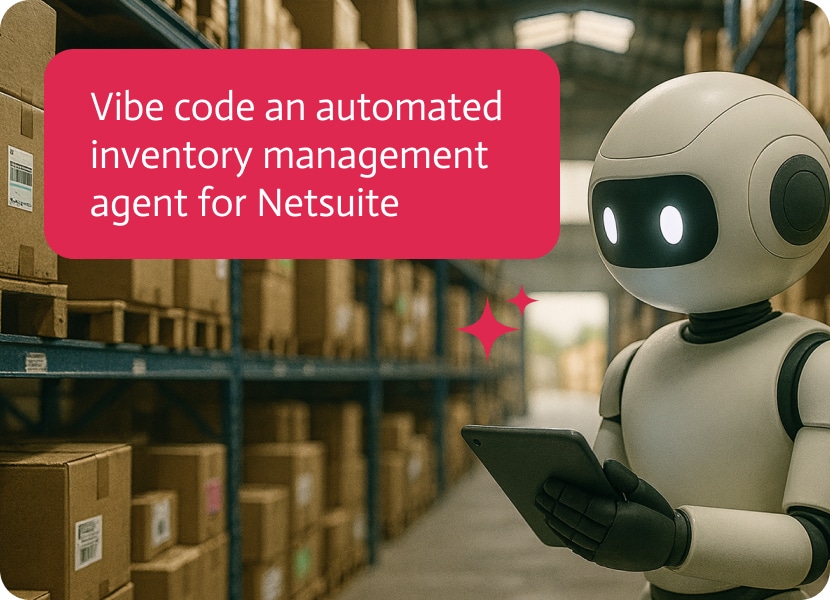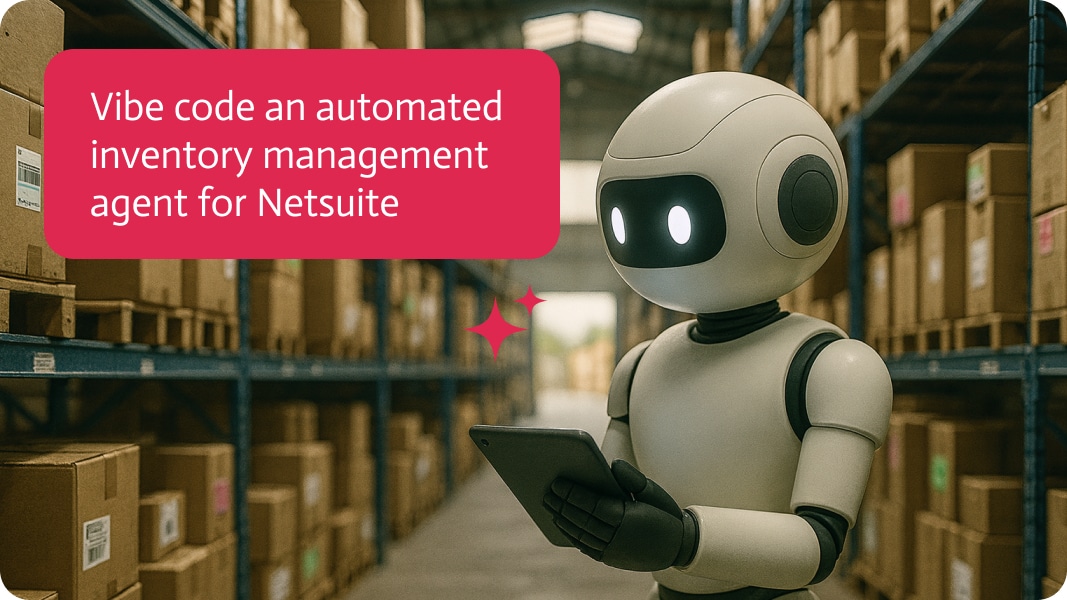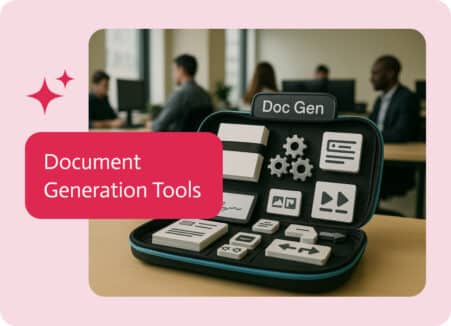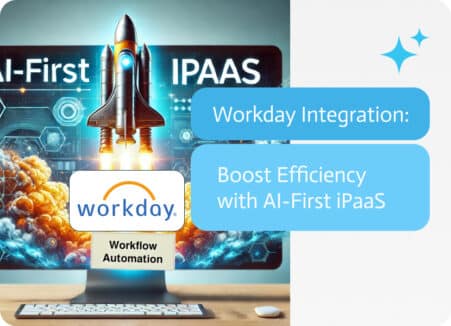

Vibe Coding an Automated Inventory Management App for NetSuite
Inventory management rarely grabs headlines, but the ability to precisely track, efficiently move, and promptly replenish goods directly affects a company’s success. In today’s hyper connected economy, with next-day delivery and supply chains that go around the globe, the margin for error is razor-thin. Companies that initially operated on clipboards and quarterly cycle counts now find themselves managing heaps of SKUs across warehouses, retail channels, and e-commerce platforms. Any slip in accuracy can ripple downstream into lost sales, unhappy customers, and strained supplier relationships.
Enter vibe coding, a new way of building apps that blends simple instructions with AI-powered automation. Instead of long development cycles, vibe coding allows business users to describe what they need, “alert me when stock dips below thresholds and automatically trigger reorders.” An agent translates those into a working application. When applied to NetSuite, the leading cloud-based ERP platform, the benefits are incredible, a zero-code, zero-friction app that actively manages it without needing any complicated coding.
The app can tirelessly monitor data streams, make decisions immediately, and adjust workflows as conditions change. Done right, it can eliminate the lag between information and action, the Achilles’ heel of traditional supply chain systems.
Why Automated Inventory Still Challenges Businesses
Even with modern ERP platforms like NetSuite, organizations still run into bottlenecks when it comes to inventory. NetSuite provides the data, but people often need to step in and act on it. Staff have to mark reorder thresholds, check supplier availability, and manually fix discrepancies.
Everything gets a little more complicated when companies handle multiple markets and channels. A fashion retailer might sell through its own website, Amazon, and a network of brick-and-mortar stores. Each platform updates inventory at a different pace, and mismatches can result in overselling or understocking. According to a 2024 report, 43% of retailers cite inaccurate inventory data as their single biggest operational headache.
The stakes are high. A McKinsey study published in early 2025 estimated that poor inventory visibility costs global retailers over $1 trillion a year in sales and excess holding costs. In this environment, automation isn’t just a “nice to have,” it’s a survival strategy.
How Vibe Coding Powers Automated Inventory in NetSuite
Traditional automation centered around a whole host of developers having to write code or integrate APIs. It’s powerful but often slow, expensive, and brittle when business rules change. Vibe coding flips this by allowing the business user to express goals in plain English.
For example:
- “If warehouse stock of Item A falls below 200 units, reorder automatically from Supplier B.”
- “Sync online and offline inventory every hour to prevent overselling.”
- “Alert operations if supplier lead times increase by more than 10%.”
The app behind the scenes translates these simple prompts into NetSuite workflows, conditional logic, and online requests. More importantly, the agent doesn’t just execute static rules, it adapts dynamically. If supplier B is out of stock, the system can pivot to supplier C. If lead times spike due to port congestion, it can recommend faster delivery choices or adjust reorder quantities.
This flexibility marks a change from being reactive to proactive inventory management. Instead of staff discovering problems after the fact, the system prevents them before they occur.
Inside the Automated Inventory App
A vibe-coded inventory handling app for NetSuite can be broken down into four core functions:
- Monitoring Proactively
The app continuously scans NetSuite data, monitoring stock, supplier statuses, and speed of sales. Unlike static dashboards, it doesn’t wait for someone to check; it actively looks for anomalies.
- Conditional Responses
When a condition is met, say, stock falling below a threshold, the agent triggers predefined workflows. These can include placing a purchase order, adjusting replenishment schedules, or alerts.
- Cross-Channel Synchronization
If a business is supplying a wide market, the app updates stock in real time. If 50 units sell on Amazon, the app reduces available stock on Shopify, NetSuite, and physical store systems instantly.
- Adaptive Workflow Adjustment
Perhaps the most powerful feature is how it learns from patterns and flexes its behavior. If it sees a particular supplier consistently underdelivers, it can automatically factor that into reorder calculations.
More Than Just Being Efficient
The advantages of this approach aren’t only time-saving. They ripple across the organization in other tangible ways:
- Fewer Out-of-Stock Items and Less Overselling: By automating reordering and syncing channels, businesses keep shelves stocked without carrying excess inventory.
- Lower Operating Costs: Less manual oversight means fewer hours spent reconciling spreadsheets or firefighting errors.
- Faster Decision Cycles: With real-time triggers, information input and operational action shrink to seconds.
- Greater Supplier Transparency: Automated monitoring reveals patterns, late deliveries, and fluctuating lead times that might not be seen otherwise.
- Growth: As companies scale into new markets or channels, the app adapts without requiring teams of developers to re-architect workflows.
One operations director at a mid-sized consumer electronics firm put it bluntly: “We used to discover inventory problems at month’s end. Now, the system finds them before they get worse. That shift alone has paid for itself.”
Overcoming Challenges in Automated Inventory Adoption
It’s vital to keep in mind that building a truly autonomous inventory agent isn’t without hurdles.
- Data Quality
Automation is only as reliable as the data feeding it. Inconsistent SKU details or delayed supplier updates can trigger false actions. Businesses need to prioritize data hygiene before handing over control to an app
- Change Management
Staff could resist ceding control to a system, especially when it’s a job they’ve traditionally managed. Training and transparency will help with building trust.
- Uncommon Cases
Although the app handles most routine conditions well, unusual events, like sudden changes or a supplier bankruptcy, still need human thought. Designing fallback mechanisms should not be overlooked.
- Security and Compliance
Giving AI the authority to make orders or adjust workflows raises governance questions. You must ensure proper audit trails and access controls.
Future Trends
The automation of inventory management is part of a much bigger trend: the emergence of AI-driven supply chains. According to Deloitte’s 2025 report, 65% of global enterprises are investing in AI-enabled logistics tools, with inventory management ranking as a top priority.
Just around the corner, there are several developments we are likely to see:
- Predictive Procurement: Instead of reacting to stockouts, systems will forecast demand using information like weather, social media, or geopolitical events. Imagine your AI agent increasing sunscreen orders ahead of a heatwave.
- Autonomous Negotiation: Future systems could extend beyond placing orders to negotiating terms through AI-powered procurement bots.
- Sustainability Optimization: With corporate responsibility on the rise, agents can factor carbon footprints into sourcing decisions, favoring greener suppliers even if costs are marginally higher.
- End-to-End Integration: The line between ERP, CRM, and e-commerce systems will blur as apps orchestrate workflows seamlessly across both.
Businesses Exploring Vibe Coding in NetSuite
Based on suggestions from experts, some key guides appear for groups thinking about using this jump:
- Start Small, Scale Fast: Begin with a single, well-defined use case, like automating reorders for your top-selling product, before expanding.
- Audit Data Rigorously: Clean, standardized info is the base of reliable automation.
- Keep Humans in the Loop: At least in the early stages, ensure staff can review AI-driven decisions.
- Transparency Focused: Build systems that log decisions clearly so employees can understand why the software acted as it did.
Conclusion: From Zero-Code to Zero-Friction
What vibe coding brings to NetSuite is not just faster app development but also how systems are used by businesses. Instead of human teams working hard to keep up, the system itself turns into a smart partner, expecting, adjusting, and acting quickly.
Inventory handling will never be glamorous. But now that customers expect near-instant fulfillment and competition is global, it has become a strategic differentiator. The companies that move from dashboards that report problems to agents that solve them before they surface will surely have a better chance of beating the competition.


